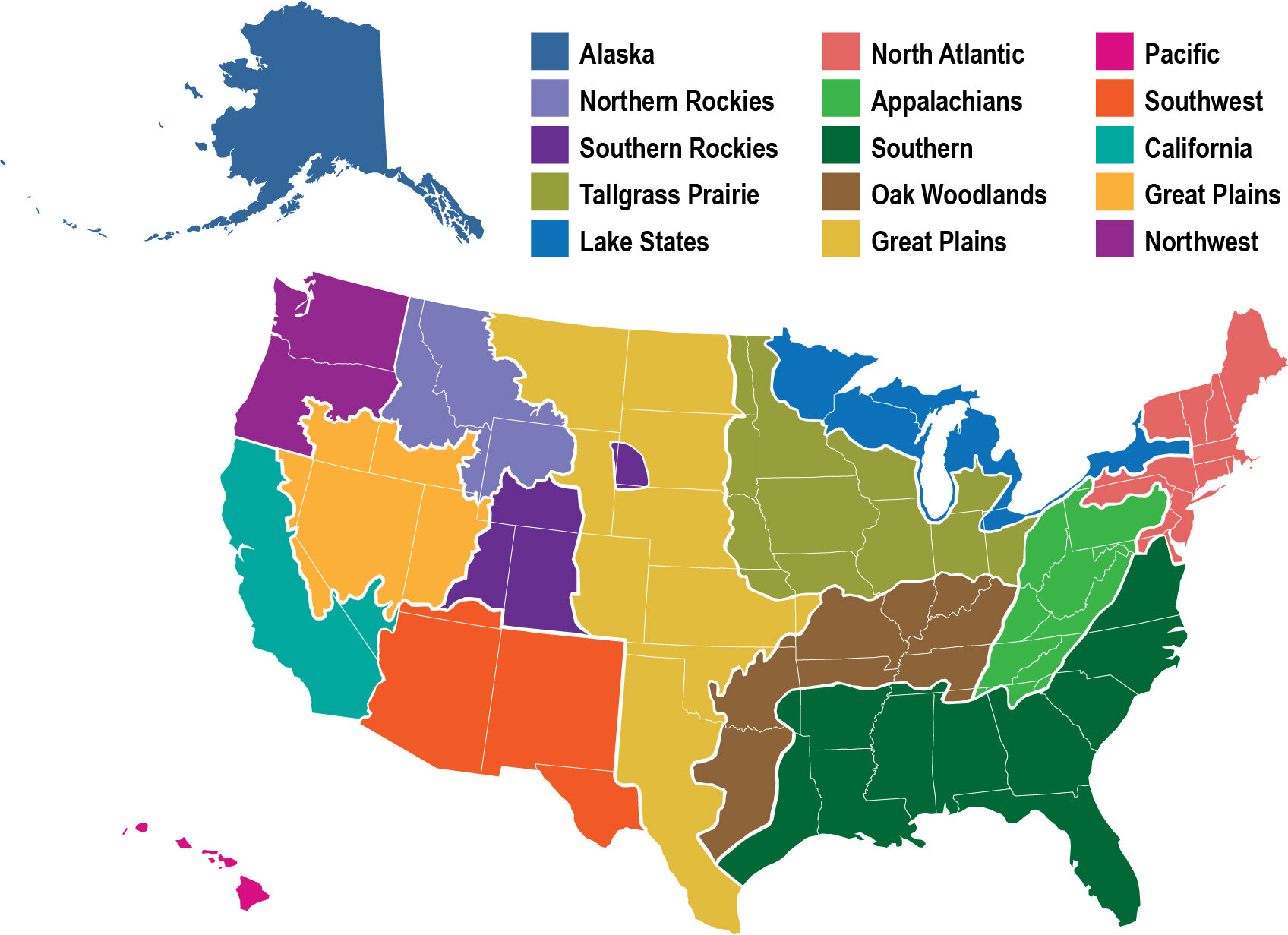10-Year Small Mammal Use on a Chaparral Fire Edge: Research Brief
/From 2002 to 2011, Sinead and Mark Borchert live-trapped small mammals in two grids across the 65‐m zone on either side of the perimeter of the 2002, 8,100‐ha Wolf Fire in Los Padres National Forest.
View Research Brief PDF >



